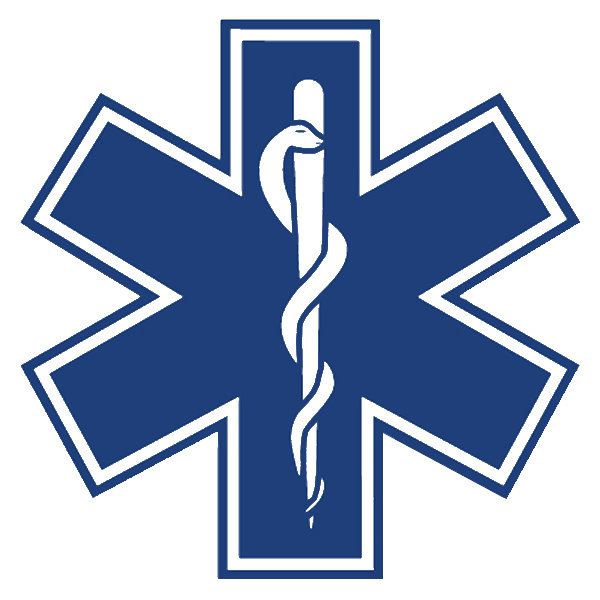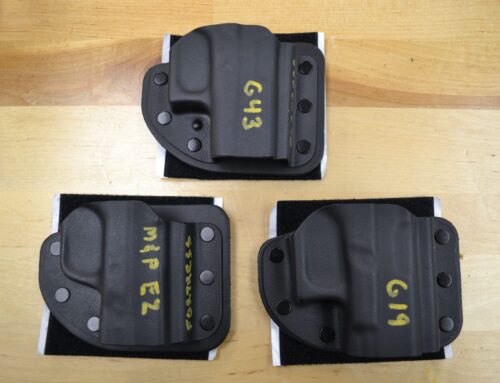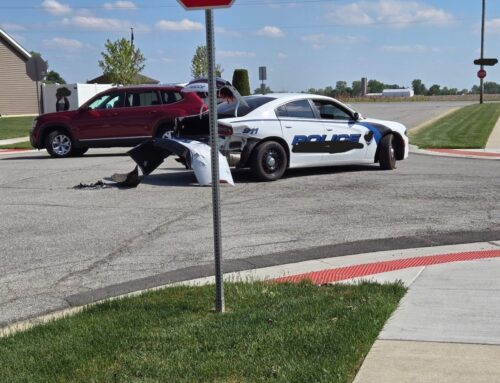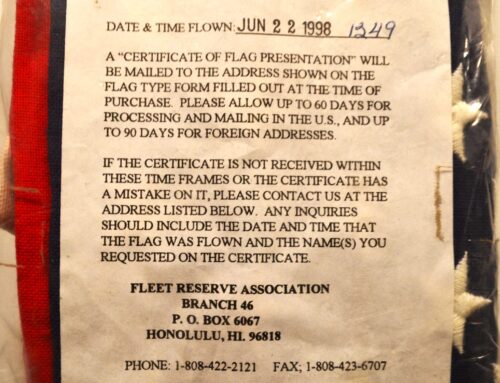“Self-preservation is the first law of nature” – Samuel Butler
For decades there has been controversy in the defense community with regard to the notion of asking for medical aid when one is involved in a shooting. In the category of ‘Defensive gun use wives tails’ there has been everything from “fake a heart attack” to “once you’re hooked up to an IV you’re under medication, therefore you can no longer be questioned.” The results of such strategies, in reality, will leave the practitioner sadly disappointed.
However, I do point out to my students a number of things we all need to understand about lethal force incidents. Such as:
1 – Unlike Hollywood portrayals, citizen involved gunfights are much more like fist fights. They are generally up-close and personal affairs, during which we can expect to get punched, kicked, bitten, stabbed, bludgeoned, and/or shot. We can also expect to trip over, fall on, and be thrown into, all manner of edges and hard surfaces.
2 – Nothing in nature moves 1300 feet-per-second. The human nervous system is simply not prepared to deal with high velocity missiles. Most people, when shot, do not register the effects of it immediately.
3 – When the Body Alarm Matrix kicks in during a potentially lethal experience, all manner of nervous system and bodily function alterations occur.
-Heart rates can easily reach 170+.
-Tunnel vision & auditory exclusion are common.
-A chemical cocktail containing norepinephrine, adrenaline/epinephrine, cortisol, dopamine, other hormones, and additional unpronounceable substances, are released into the body. (Mas Ayoob describes it as the equivalent of being administered multiple morphine syrettes from a WWII first aid kit. Translated: You wouldn’t feel the pain of your amputated limbs after stepping on a land mine.)
-The bowels and bladder may evacuate.
-Blood rushes to the core, resulting in a loss of dexterity and “fine motor” skills.
– The Tachypsychia Effect may occur, where time seems to “stand still” and movements seem to be in slow motion, leaving us unable to discern how long the event lasted, or what actually happened to us during it.
Let’s also consider these points:
1 – It is standard procedure in most police departments to have EMS check out any officer involved in a violent event. They may or may not be sent to the ER, but at the very least officers are examined by a medical professional on scene. Why? Because it’s very common for an individual involved in a fight to have no idea if they are injured.
2 – A professional football player who returns a punt for 70-yards will next be seen sitting on the bench huffing oxygen through a mask. We’re talking about athletes in prime condition needing to regulate their breathing during an event that they practice for daily, and where the fight or flight reflex hasn’t engaged.
3- As much as I try to ‘stress inoculate’ my students during training, it still amounts to a single weekend in their life that they might not ever repeat. And, most CCL holders will never take the time to attend classes such as ours in the first place. Even if they do, they’re not even close to the physical conditioning level of professional athletes, or exposed to the amount of stress inoculation that most peace officers and military personnel are.
With all that in mind, imagine a 56-year-old man with a carry license, borderline COPD, and bad knees, being attacked by a knife-wielding, 24-year-old meth head in a parking lot.
When he locks eyes on his attacker, he registers the immediate threat to his life, and his body responds accordingly.
His heart rate jumps over 170 (where it hasn’t been in a decade), his respiratory rate jumps from 18bpm to anywhere from triple digits to holding his breath. His pain receptors go numb as chemicals flood his system. And, as is quite common in near death experiences, the faces of all the people in his life that he cares about begin to flood his mind, just as his bladder releases.
Now, let’s say he’s able to draw his pistol and get a shot, or three, off, just as the murderer comes into contact distance. And let’s say that it’s enough to stop the attack.
Our defender has now experienced what I would suggest is the most exciting (not in a good way) day of his life. He now finds himself with breathing and heart rates he can’t get under control, numb and shaking hands, and standing over the body of a fellow human being that in its dead stillness seems to pose no threat at all. …his pants are wet, time is standing still, and he’s not hearing the screams of the witnesses 20-feet away…
Do you think he has any idea of the extent of his injuries, or if his heart valve is about to give way? Yeah, me either – I think it’s a good idea for him to request medical attention asap.
Tom Givens relates the story of a shopkeeper who was the victim of an armed robbery. He traded shots with the offender, leaving him DRT on the floor of his store. He called the police and then went outside to wait. It’s estimated that 10, or so, minutes passed from when the VCA pressed his trigger till the store owner was being interviewed by arriving officers. During questioning he fell over dead from a single round of .45ACP that had actually penetrated his heart. He never displayed any signs of injury, and died mid-sentence.
We’re not asking for medical attention as some form of legal weaselcraft; we’re doing so because better safe than sorry – A simple precaution. And if the paramedics say we don’t need to go to the ER, then good enough.
Yes, be courteous, compliant, and the complainant. Identify yourself, witnesses, and evidence. Don’t answer questions you don’t know the answer to, and ask for legal counsel. And, it’s my opinion that you should also request to be checked out by EMS.
[For those interested in the proper and improper ways of communicating with responding officers, read about the Larry Hickey event as recounted by Gila Hayes of the Armed Citizen’s Legal Defense Network.]
“I didn’t know I was shot” – Ronald Reagan






Leave A Comment
You must be logged in to post a comment.